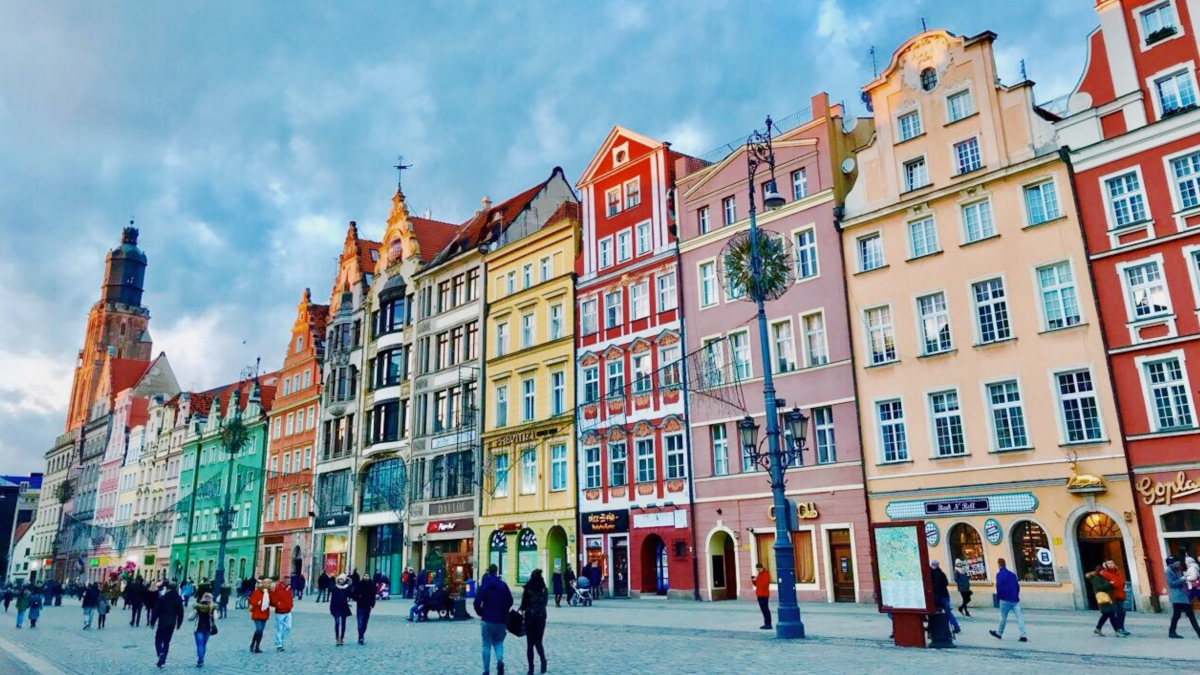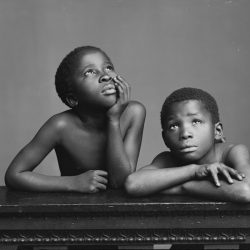In this interview we speak to the Founder of GottaBe! agency, about arriving to the UK from Poland, and the lack of awareness brands and businesses have when it comes to multicultural marketing, and what they can do in order to ensure they approach ethnic communities in an authentic way.
Can you tell us about your journey in founding and leading GottaBe! and why you are so passionate about multicultural marketing?

I started the business when I was 17, four years after arriving in the UK from Poland. I realised that there is a growing population of Polish people who, like myself and my family, don’t know much about the brands based here. Although I knew that some of us, might be perfect customers for them. I wanted to build a bridge between the Polish community in the UK and the brands out there, who might want to reach out to the Polish community. There was one big barrier — the language. Most of Poles who arrived here in 2004, spoke very little English, meaning that they weren’t responding to the generic messages put out there by the brand. Hence, I offered them more tailored approach — creating assets in Polish that would be well received by the Polish community and displayed them where the Polish diaspora would see it, such as Polish publications, Polish shops, Polish news portals based in the UK, etc. Since then, we have expanded into other nations and markets.
I am very passionate about multicultural marketing, as I believe that everyone deserves to be represented in today’s marketing and advertising. Equally some brands don’t realise how much of an opportunity is out there and whilst they’re all fighting for the same customer, there are smarter ways of reaching some audiences and gaining new customers.
Why do you think multicultural marketing is important in today’s business landscape, especially considering the significant number of UK residents from ethnic minority backgrounds?
The UK always has been made up of multicultural audiences, however, many brands out there (in fact 1 in 5), don’t use multicultural approach in their marketing. Meaning they’re missing out on huge chunk of the market. 1 in 6 people in the UK are from ethnic background, by not adapting a multicultural approach, you’re preparing to missing out on over 9.3 million customers. Most brands out there have made commitments towards EDI — creating a TV commercial that would include, for instance, an Asian male and a white, British female is the first step and to some extent would represent the society we live in, of mixed families.
However, the second step is to consider the channels that we need to showcase this ad on, to ensure the ethnic audiences are seeing it. Of course, most of them would be watching British TV. However, there is a significant proportion of Asians in the UK who may not watch a mainstream channel like ITV or Dave, but instead they would pick Sony Max or Zee, as they have more Bollywood films. Therefore having a commercial on those channels, would help with reaching the diverse audiences.
What are some common misconceptions or challenges businesses face when it comes to incorporating multicultural marketing into their strategies?
First, lack of awareness — there are over 200 ethnic media outlets in the UK — from dedicated TV stations, radio stations to publications — newspapers, magazines as well as news portals. They’re popular among the multicultural audiences, as not only do they broadcast in their own native languages, they also play films, music or report on stories that are representatives of their own community.
Secondly, marketers believe that multicultural marketing is complicated, requires a lot of work and significant budgets. A small changes in a copy, or creating two or three additional assets is often what is required to start a multicultural campaign. We’re here to help the customer along the way: to consult on the strategy, copy, assist with creatives and selecting the right mix of channels.
Can you share some examples of successful multicultural marketing campaigns or initiatives that GottaBe! has worked on, and what made them effective?
Over the last 15 years, we have worked on over 600 campaigns — ranging from SMEs who wanted to reach out to the neighbouring communities to working with world leading brands. Last year we won Marketing Campaign of the Year at the GG2 Diversity and Leadership Awards; for a campaign we ran for a local county council, in conjunction with the NHS.
The aim of the campaign was to inform and educate the Eastern Europeans of the importance of getting vaccinated against Covid-19. Initial uptake was low, and the communities were hesitant to book appointments. We hosted a number of focus groups via Zoom and spoke to leaders in the communities to identify the barriers, and quickly identified that there was a lot of miscommunication. They also had questions which hadn’t been answered. We created an educational campaign, both on and offline, that answered these questions and provided the reassurance they needed in order to consider booking an appointment to get a jab. Within 3 months of the campaign, the audience became second most vaccinated group of people. The campaign didn’t stop there: we continued to deliver more educational pieces and kept them informed about all of the initiatives available in their local area.
How do you approach understanding the needs, preferences, and cultural nuances of different ethnic groups when developing marketing strategies?
At GottaBe! we’re lucky to have a diverse team of staff who come from different walks of life, and bring unique range of experiences. Over the course of 15 years we’ve built a strong network of community champions and key people of influence. Thanks to them we’re able to gain insights into problems faced by the communities, test our creatives, copy as well as gain invaluable input into the campaigns.
In your experience, what are some key cultural factors that marketers should consider when targeting specific ethnic communities?
Look to utilise cultural events and celebrations such as Ramadan, Diwali, and Chinese New Year. Each event present unique set of opportunities for variety of sectors — from charities, finance to FMCG or utilities providers. As mentioned before, consider some of the 200+ media outlets that are available in the UK.
How can businesses ensure their multicultural marketing efforts are authentic and resonate with diverse audiences, rather than coming across as tokenistic or opportunistic?
There are various ways that this can be achieved. Speak to your team. Most companies will have EDI champions or groups, see if you could work with them on developing the campaign. Both in terms of copy, creatives and channel mix. Then get them to speak to their families and friends to gain feedback. Second option would be to speak to agency like us, who specialise in multicultural marketing. We’ve years of experience and can advise on what will be authentic and well resonate with the audiences, as oppose to tokenistic.
What role does data and research play in developing effective multicultural marketing strategies? How do you leverage data to inform your decision-making process?
Like I mentioned before, primary research is super important and plays a vital role in developing the strategy and how the campaign will be delivered. Whenever possible, we look to gather new data and insight to ensure the campaign is successful. Furthermore, we utilise secondary data such as ONS, YouGov, EUSS, GWI to further support the campaign.
Can you provide some insights into the benefits and returns on investment (ROI) that businesses can expect when they invest in multicultural marketing?
We have done number of studies and research (which are available to download on our website for free) to help marketers understanding the importance of multicultural marketing, and where to start. First and foremost, our research indicates that ethnic audiences are more loyal then average consumers, as they don’t like the hassle of changing and moving from company to company. Also, if the brands speaks to them in their native language, they’re twice as likely to consider their product or service over its competitors. Ethnic audiences are also great ambassadors, and actively participate in referral programmes, recommending the services to friends and family.
What advice would you give to marketers interested in incorporating multicultural marketing into their work, but are unsure where to start or how to approach it?
Do some basic research within your organisation to see how many languages are spoken among your staff, how diverse your team is, ask them if they believe your current marketing campaign is representing them and is their culture. Try and run a small pilot campaign — pick a city or an area that is diverse, run dedicated ads and copy that would represent the audience you’re talking to and measure the interest and ROI you’re getting.
Another good starting point would be to incorporate some of the cultural events and see how you can get involved in the local community, among your own staff. Use these as test to gain insights and feedback on your products and services and how else you could communicate with them. You will be surprised how much you get out from it.
Featured image: Reiseuhu / Unsplash































